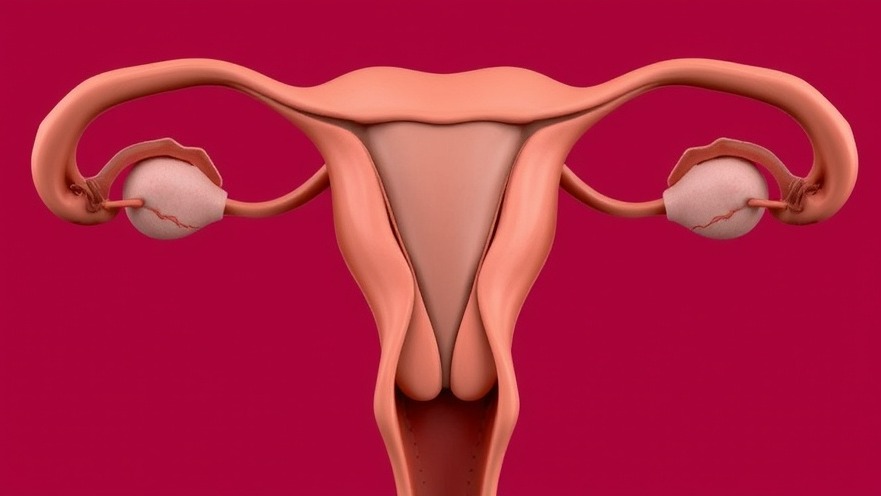
Understanding the Role of the Fallopian Tube in Reproduction
In a groundbreaking study, researchers have utilized Optical Coherence Tomography (OCT) to illuminate the critical role the fallopian tube, or oviduct, plays in transporting preimplantation embryos to the uterus, thus influencing pregnancy outcomes. This imaging technique allows scientists to visualize biological functions within their natural environment, shedding light on processes that have largely remained a mystery.
The Mechanics Behind Embryo Transport
The findings from the Stevens Institute of Technology signify a major advancement in our understanding of reproductive biology. Shang Wang, the leader of the research team, emphasized the importance of revealing the dynamics of the oviduct, as many functions, including the movement of embryos, have not been observed in real-time prior to this study. Until now, it has been challenging to capture this intricate process due to technological limitations.
By providing a label-free 3D imaging capability, OCT presents several advantages. Not only does it reveal the structural details of the oviduct, but it also captures the rapid dynamics of tissue and cell movements. The research demonstrated a newfound pumping mechanism in the oviduct that facilitates the transport of embryos, marking a significant discovery in the realm of reproductive health.
Implications for Fertility and Infertility Treatments
Understanding the basic mechanisms of how embryos are transported in the fallopian tube could revolutionize the clinical approach to treating infertility and ectopic pregnancies. The research paves the way for future studies, which might focus on how dysfunctions in this pumping mechanism could lead to pregnancy complications.
Healthcare practitioners, especially concierge health providers, must stay informed about these insights as they enhance the breadth of knowledge surrounding reproductive health. As the exploration continues, we may soon have new strategies for clinical interventions that improve fertility outcomes.
Future Directions for Research
While the research lays an essential foundation, it also opens avenues for future investigations into the biochemical processes that govern embryo transport. Wang's lab aims to further study the biomechanics of reproductive and developmental processes using advanced imaging techniques, illustrating a dynamic intersection of technology and healthcare solutions.
As reproductive technologies continue to evolve, staying informed about these advancements can empower practitioners to provide better care for their patients dealing with infertility issues. With continuous advancements in imaging technology, the healthcare industry has a promising path towards better understanding and enhancing reproductive health.
Addressing Patient Concerns with Insightful Knowledge
As concierge health practitioners, it’s essential to recognize how these findings may affect our patient population. Being aware of the developments in reproductive science provides practitioners with the tools necessary to discuss treatment options and educate patients regarding their reproductive health. This knowledge empowers practitioners to guide patients through their health journeys more effectively.
Call to Action
Staying abreast of innovations like OCT is vital for healthcare providers committed to offering up-to-date medical advice. Engage with recent studies and consider how these developments can bring about improved clinical practices in your patient care strategies.
 Add Row
Add Row  Add
Add 




Write A Comment